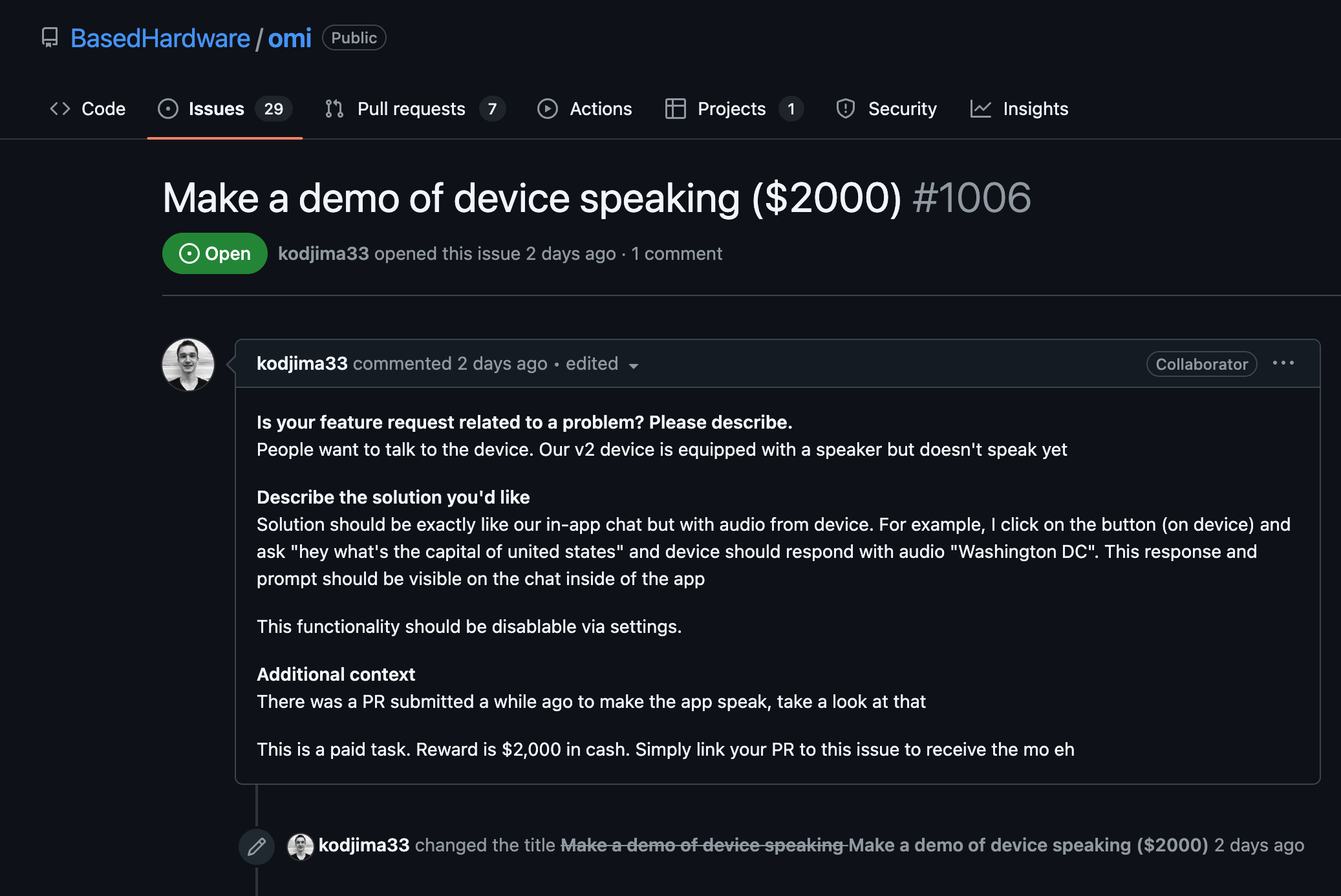Access the LinkedIn Jobs API
- Ensure your application has the necessary permissions to access the LinkedIn Jobs API. This usually involves selecting specific permissions when creating your LinkedIn app, such as "r\_ads" for fetching job ads.
- Use OAuth 2.0 for authentication. You'll need to handle the OAuth flow to obtain an access token that will allow your application to make requests on behalf of a LinkedIn user.
Make API Requests
- Construct the appropriate API endpoint URL. For LinkedIn jobs, it might look something like: `https://api.linkedin.com/v2/jobPosts/{jobId}?projection={projection_parameters}`.
- Use JavaScript's `fetch` API or any HTTP client library (such as Axios) to make requests to the LinkedIn API. Make sure to include the access token in the `Authorization` header.
const accessToken = 'YOUR_ACCESS_TOKEN';
const jobId = 'YOUR_JOB_ID';
const url = `https://api.linkedin.com/v2/jobPosts/${jobId}`;
fetch(url, {
method: 'GET',
headers: {
'Authorization': `Bearer ${accessToken}`,
'Content-Type': 'application/json',
},
})
.then(response => response.json())
.then(data => console.log(data))
.catch(error => console.error('Error fetching job listings:', error));
Handle API Responses
- Process the JSON response returned by the API. The data will typically include details about each job listing, such as title, description, location, and company.
- Implement error handling to manage cases where API requests fail, which might occur due to an expired token or incorrect endpoint. You can display error messages or retries as necessary.
Additional Considerations
- Observe LinkedIn's rate limits, as extensive requests in a short period might lead to restrictions. Use appropriate measures such as caching the results or introducing delays between requests.
- Regularly update your access token since they might expire after a certain period. Consider implementing a refresh token mechanism if possible to maintain access seamlessly.
By following these steps, you can effectively fetch job listings from LinkedIn using JavaScript, enabling dynamic integration into your web application.
























